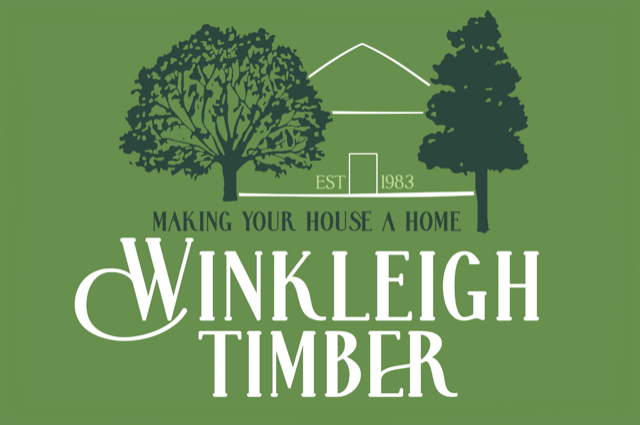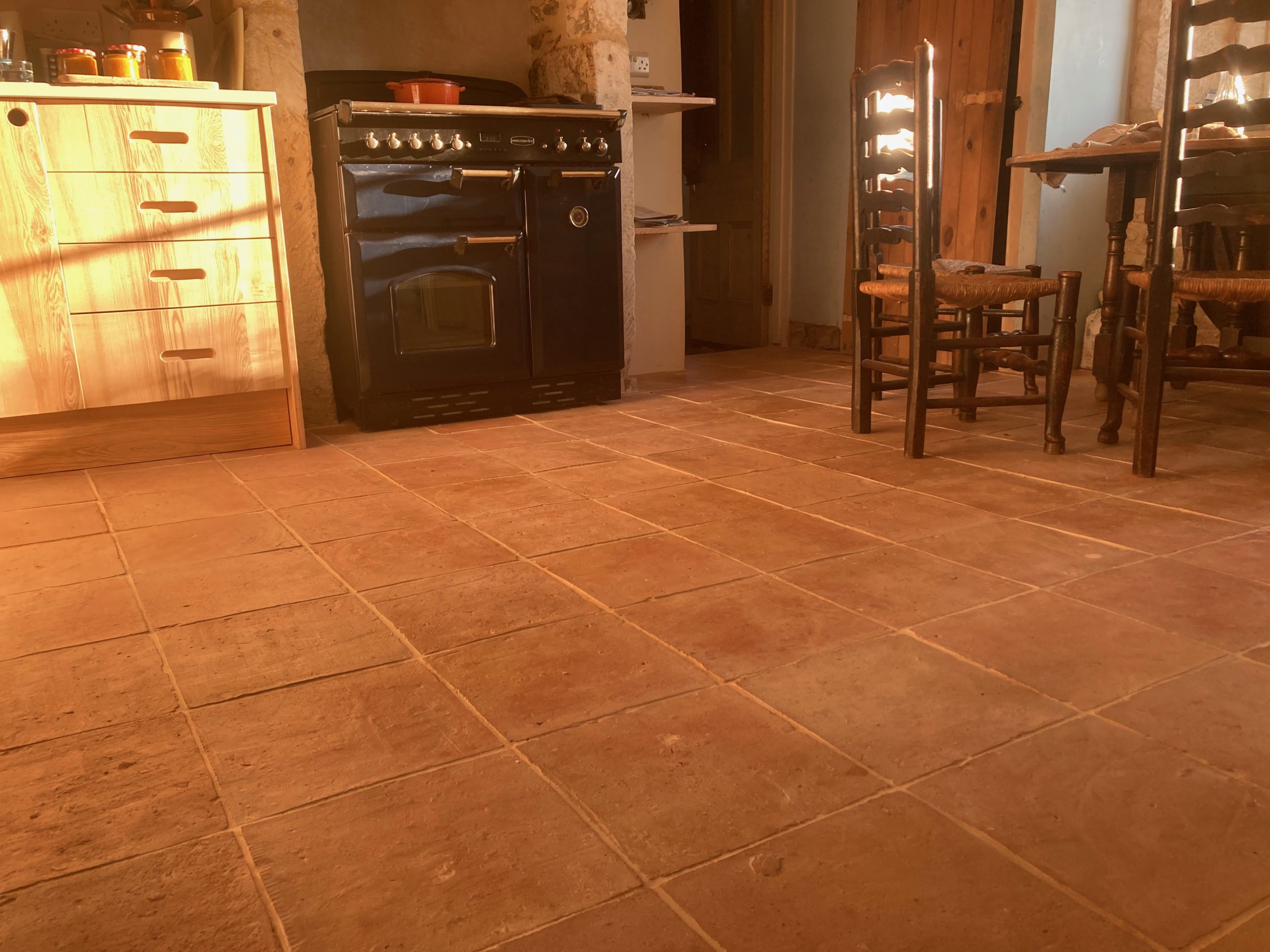Spalting is a fascinating natural phenomenon in the world of woodworking. It refers to the process by which certain fungi grow on dead or fallen trees, colonising the wood and leaving behind intricate and visually stunning patterns. Here we will explore what spalted wood is, its characteristics and applications.
The Spalting Process
The magic of spalted wood begins with the growth of specific fungi on wood. These fungi penetrate the wood cells, often starting from the ends or broken branches of the tree. As they spread, they create patterns that are truly captivating. This process adds character and charm to what would otherwise be ordinary timber.
The process of spalting wood can be controlled (known as induced spalting) or left to occur naturally. Wood must be under stress for spalting to occur naturally, which is why it often affects dead trees.
Characteristics of Spalted Wood
One of the primary appeals of spalted wood lies in its distinctive patterns and colours. When the fungi colonise the wood, they extract nutrients from it, leaving behind dark patches and fine lines, with some even changing the colour of the wood. The natural process of spalting can result in a wide range of intricate designs, making each piece of spalted wood furniture a unique work of art.
Spalted Wood Furniture
Spalted wood has a rich history in furniture making. In the past, it was prized for its beauty and rarity. Antique spalted wood furniture pieces are highly sought after and serve as a testament to the enduring appeal of this unique material.
Today, spalted wood continues to captivate furniture designers, artists, and homeowners. Its aesthetic appeal and versatility make it a popular choice in contemporary design, both for its artistic value and practicality.
While many types of wood can undergo spalting, Beech stands out as one of the most common choices for furniture making, due to its unique qualities. However, other wood species can also be used to achieve stunning spalting effects, each with its own distinct patterns and characteristics.
Challenges in Working with Spalted Wood
While spalted wood is undeniably beautiful, it may also present certain challenges. It’s crucial to be aware of potential weaknesses and to know how to preserve and maintain spalted wood pieces.
As spalting is a form of decay, spalted wood is typically not used for structural applications. However, if the wood is carefully chosen and inspected before use as well as treated with the proper techniques, it can be used to make incredibly beautiful furniture, such as this spalted beech resin table.
Sustainability is also an important consideration in modern furniture making, making the use of reclaimed and salvaged spalted wood a very eco-friendly choice.
Spalted wood is a unique and visually stunning material that adds character and charm to furniture and woodworking projects. Its natural beauty, historical significance, and modern applications make it a truly remarkable choice for those seeking to create one-of-a-kind pieces.
You can view our range of furniture here, including some excellent spalted beech tables.


